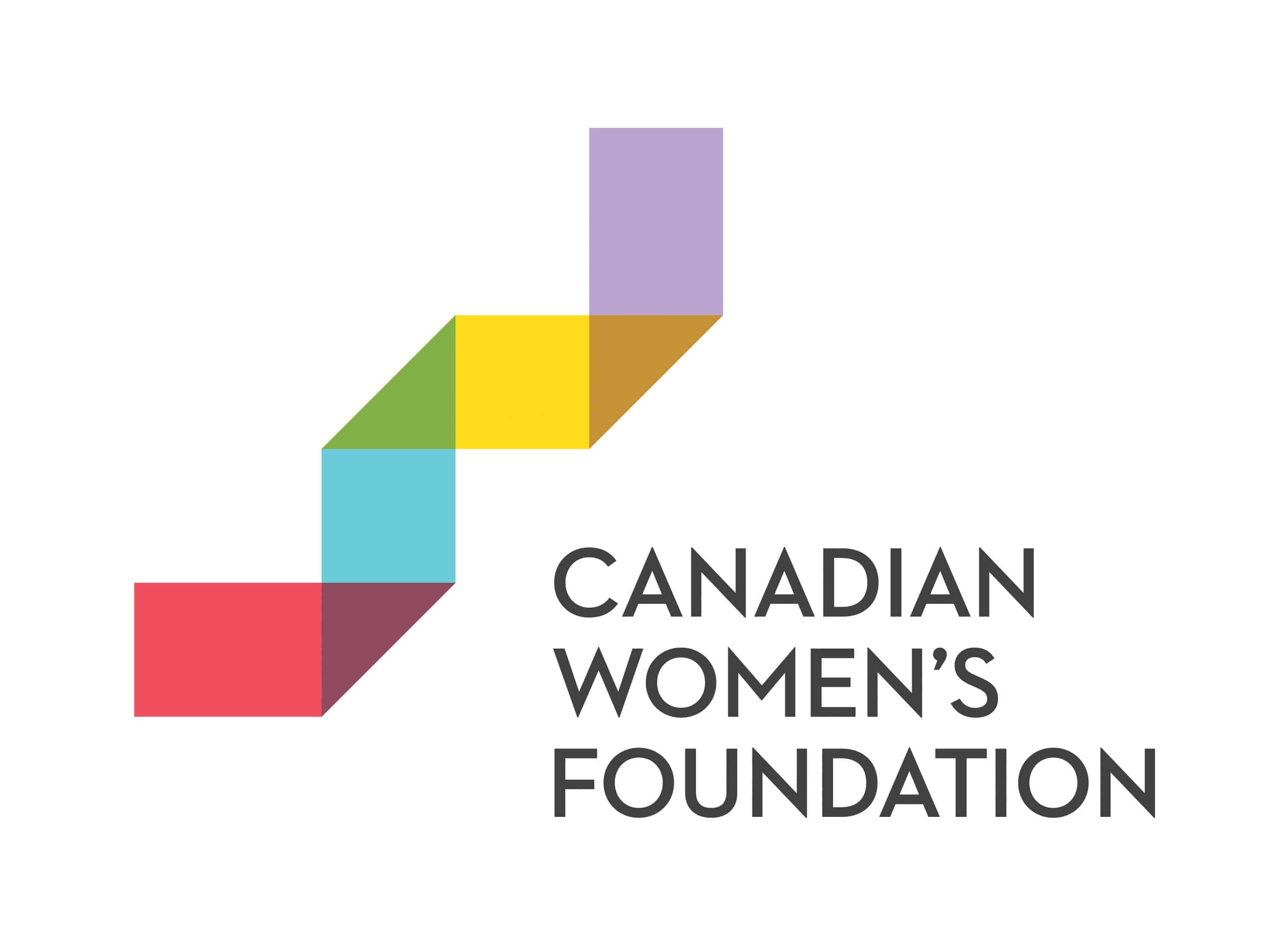
“The program opened my eyes to a lot of things I hadn’t thought about before, like how a lot of relationship problems are about gender.”
He attended the teen healthy relationships program, which received funding from the Canadian Women’s Foundation, when he was a high school student in New Brunswick. Teen healthy relationship programs help participants break down gender stereotypes, recognize the signs of abusive relationships, and practise the skills they need to develop healthy ones.
Although teen healthy relationships programs are offered across Canada, there is a lack of coordinated efforts to link and support these programs.
That’s why the Foundation is working toward change at a national level through Building the Field of Teen Healthy Relationships, a three-year program that began in 2017. Supported by Status of Women Canada, the initiative is bringing together staff, researchers, academics, government and policy workers, funders, and youth themselves to share successes and challenges, as well as to discuss the future of teen healthy relationship programming.
We partnered with Antigonish Women’s Resource Centre and Sexual Assault Services Association, BC Association of Aboriginal Friendship Centres, National Association of Friendship Centres, Partners for Youth | Alliance Pro-jeunesse, PREVNet, and Wii Chiiwaakanak Learning Centre to help guide the initiative.
Jessica (J) :What are some of the key challenges for organizations providing teen healthy relationships programming across Canada?
Keetha (K) : The scope and impact of gender-based violence is so widespread that it can mean programs need to have experts in everything from societal issues like rape culture, to technical issues like online security. They’re doing their best and being flexible but there’s so much work to be done. Sometimes it can be isolating, especially when working in smaller communities. That’s why this initiative is so important, it creates a space to share knowledge and ideas between programs, and with researchers who can provide evidence about what works.
Access to sustainable, long-term funding is of course a key challenge for organizations, which is why we have invited philanthropic organizations and government to the table so we can strategize together. When it comes to identifying priorities, having input from all areas will mean that everyone’s interests will be represented.
Finally, ensuring that teens’ needs are met is the number one priority and the number one challenge. There are so many barriers to making sure youth are included in meaningful ways, and treated like the experts in their own lives. Ensuring that youth are involved in all areas of the work, from the development of the programs to influencing research and policy, means challenging the ways that we as adults structure our work to help teens. Involving teens is essential to help build their leadership qualities, and is essential in helping the people around them – like parents, caregivers, school teachers and staff – to best meet their needs.
J: How does Building the Field aim to bring organizations together and work toward change?
K: Our partners worked to get a picture of the people and organizations that currently make up the field and what their strengths and challenges are. We spent a lot of time researching who is out there, developing a list of over 500 people who do work in the area of teen healthy relationships in Canada.
In the fall of 2016, we sent an English and French survey out to help us identify what the main challenges and priorities were across Canada. We used this information as a basis for creating priorities that we refined at our National Forum in April. Together the group worked to develop a shared understanding of the current state of the field, build relationships, and create action plans to address opportunities to further strengthen how these programs get built and delivered.
With an ever-widening group of members, we are building a national network that is focused on collective action.
J: What are some of the emerging issues for teens that healthy relationships programs are helping to address?
K: At the National Forum, four areas of action were prioritized for the next year and working groups were formed around each. The action areas are; First Nations, Métis, and Inuit Programming (on and off reserve, urban and rural), Equipping and Engaging Adults (Parents, Caregivers, and Service Providers), Hard to Reach Youth (in custody, in care, home-schooled), and Developing a National Strategy on Teen Healthy Relationships.
As well, we are working to ensure youth are engaged in this process. We are creating workshops for them to advise on the direction and priorities of the initiative overall, and the framework of each working group.
J: How will better coordination of teen healthy relationships programming help teens, and ultimately contribute to the prevention of violence against women?
K: There is growing evidence showing that addressing complex social problems collaboratively achieves greater and more lasting success. This initiative is an opportunity to do just that by increasing and strengthening coordination, aligning priorities, and sharing knowledge. As a result, young people will be better supported to lead healthy, violence-free lives.
Learn More:
- Five ways parents can teach healthy relationship skills
- How To End Violence Against Women? One Step Is Teen Healthy Relationships Programs
- How to Talk to Your Teen About Healthy Relationships
Take Action:
- Sign up for our e-newsletter to have our latest stories and resources sent to your inbox.
- Follow us on Facebook and Twitter to join a national conversation about gender equality.








